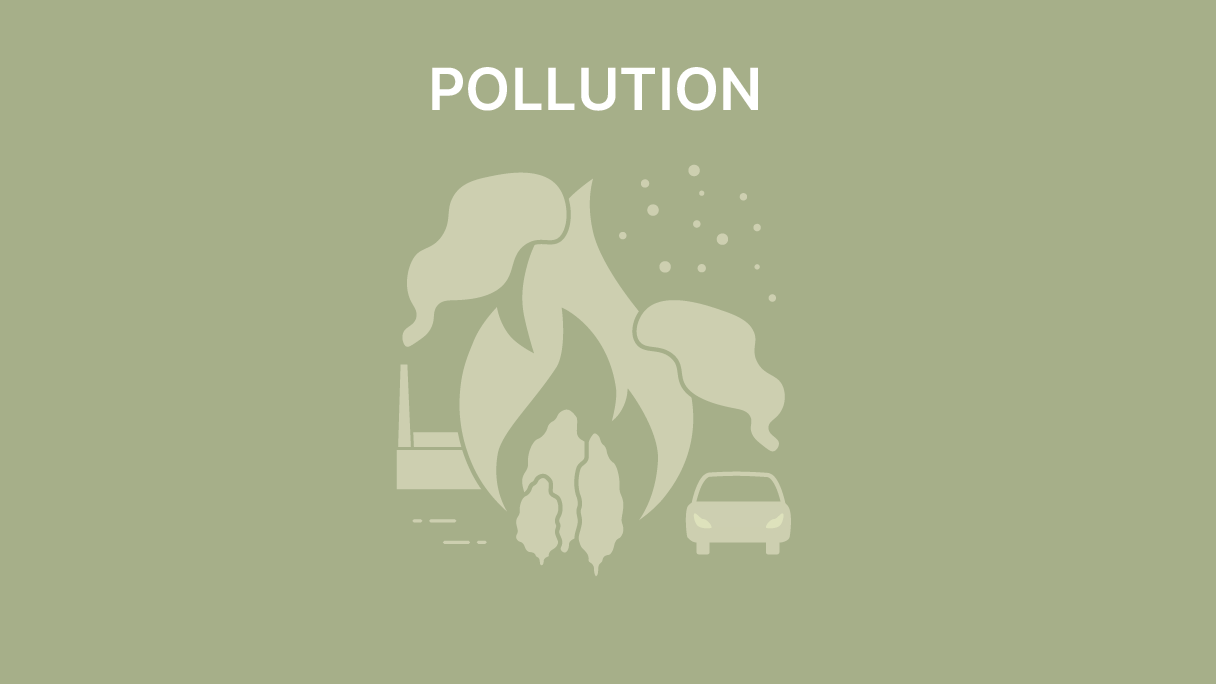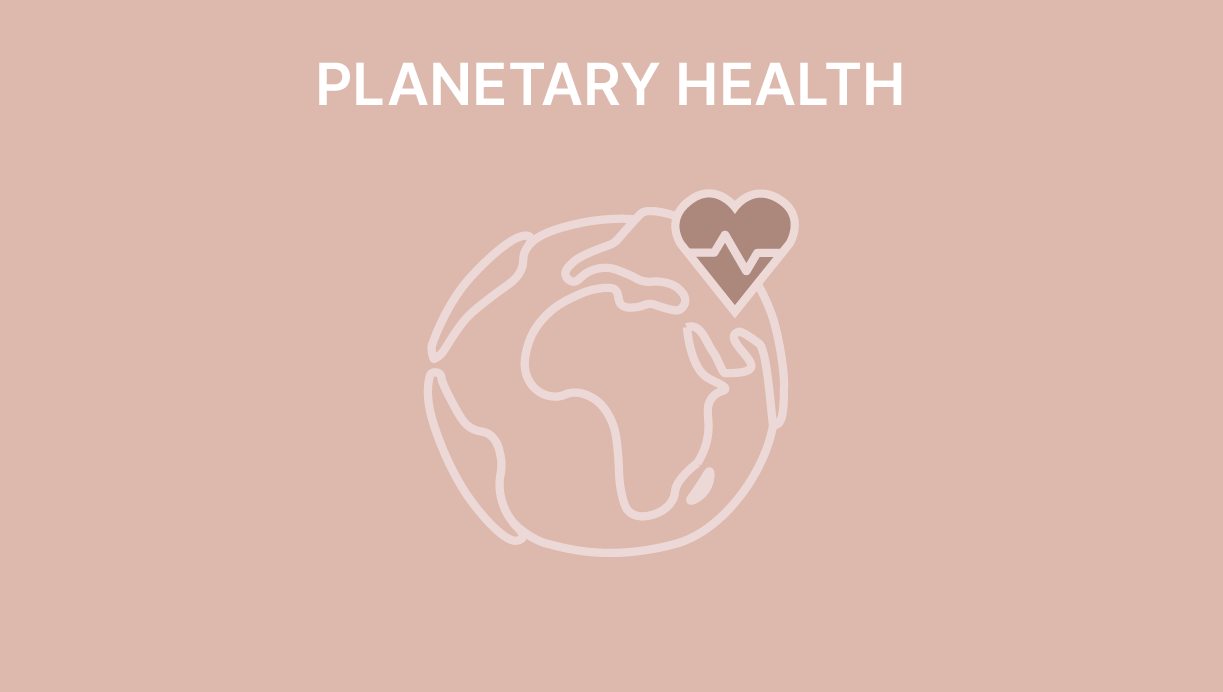Canning Town Caravanserai
The Canning Town Caravanserai was a temporary (5-year) occupation of a vacant brownfield in east London. It was initiated by the Ash Sakula Architects in collaboration with EXYZT, The Building Exploratory, and a host of other local organisations and individuals.
Historically, "caravanserai" refers to a roadside inn or rest stop in the Middle East and Central Asia, where travellers could rest, exchange goods, and socialise. The Canning Town Caravanserai embodied this concept by creating a space where locals could come together and exchange ideas, skills, and resources.
The project involved repurposing shipping containers, reclaimed materials, and sustainable construction methods to create a series of temporary structures, including a café, workshop spaces, gardens, and performance areas. These spaces were designed to host various activities such as workshops, markets, performances, and community events.
Habitat for Orphan Girls
The Habitat for Orphan Girls is a ground-breaking prototype of an orphanage designed to challenge the dictated way of life of orphan girls in Iran. It builds on vernacular architectural introversion to create a safe, nurturing environment while allowing the girls to be a part of the world beyond the orphanage's walls on their own terms.
Haus Der Statistik
The Haus der Statistik is a GDR-era office building from the 1970s in Alexanderplatz, previously destined for demolition. During the 1990s and early 2000s, the building fell into a state of neglect. Various proposals for its redevelopment were discussed, but none came to fruition, and the building remained unused, becoming a symbol of post-reunification challenges in urban planning and development. In the late 2010s, a significant shift occurred driven by community and cultural stakeholders. Artists, cultural organisations, and local activists recognised the potential of the building as a space for creative and community-driven uses. They began advocating for its preservation and redevelopment. Responding to this grassroots movement, the City of Berlin took a more active role in the redevelopment process. There is currently a revitalisation initiative for the building, envisioning and negotiating its conversion into a mix of affordable living and working spaces.
Rwanda cricket stadium
Rwanda’s new national cricket stadium’s motto is “sports for all.” The stadium has a symbolic significance as a step towards achieving the country’s goal of moving from an agriculture-based economy to development with a local workforce. The stadium located at Kigali welcomes citizens of all ages to play cricket and improve and gain sports and life skills. The project aims to build self-confidence, create new local labour-intensive construction jobs, use local materials, and lower carbon. Thus, most of the materials in the stadium project were sourced locally. Rwanda Cricket Stadium is vital to diversifying the country’s economy, strengthening social cohesion, and promoting the sports for reconciliation after the 1994 Rwandan genocide.
Presence in Hormuz 2
The project is located in Hormuz Island, Iran, in the Persian Gulf, where most of the population lives off tourism. The Strategic Document for the Spatial Planning of Hormuz in 2019 decided to develop the island as a touristic attraction to both local and foreign tourists from the neighbouring Persian Gulf. The main aim is to build a mutual economic and cultural bond between tourists and the people of Hormuz. Presence in Hormuz consists of a cultural centre called Rong, a Monitoring and Management Centre called Badban, and a cultural residence called Majara. The buildings are spread over an east-west axis in the island’s northern part, where settlement is concentrated. Presence in Hormuz 2 is a project which involves different stakeholders and professionals and was developed with participatory design principles from the beginning to post-occupancy.
Maternity waiting village
Located in Kasungu, Malawi, the Maternity Waiting Village aims to improve the conditions of mothers before, during, and after giving birth. Most importantly, the design aims to prevent evitable causes of maternal death by providing solutions, that promote HEALTH AND WELLBEING. Most of Malawi’s population lives in rural areas, affecting their ability to access professional care during childbirth. Local public authorities have decided to act by building 130 maternity waiting facilities across the country in places close to healthcare centres. The facility should be able to accommodate expectant mothers and their relatives, starting from the 36th week of pregnancy until delivery. The previous prototype for the facility failed in multiple aspects, so the initiative partnered with MASS Design Group. MASS collaborated with public authorities, researchers at the University of North Carolina, doctors, nurses, and expectant mothers in Malawi to design a holistic prototype that can be used as a model for other maternity waiting villages.
GrowNYC Teaching Garden
The GrowNYC teaching garden is an urban farm located on Governors Island, that welcomes visitors to an educative and immersive experience of growing food sustainably within the city. Besides organised field trips for planting, harvesting and cooking (mainly for students), the garden is open to the public on the weekends of the summer season. Part of the produce is donated to food pantries and distributed to various boroughs in New York.
Makoko Floating School
The Makoko floating school was a prototype floating structure in the Makoko community, which is largely built on the water of the lagoon of Lagos. In its short lifespan it became a symbol of the community, an internationally praised work of architecture but also an example of how architecture can fail to deliver what promised.
Air pollution
Air pollution has become a major issue in urban areas, driven by factors such as fossil-fuelled transport and wood-burning. Air pollution is worst in urban areas due to high concentrations of vehicles and industries. The urban heat island effect, along with wildfires, contributes to poor air quality. In Europe, millions of urban dwellers are exposed to unhealthy air levels, posing severe health risks. But it also harms ecosystems as it damages vegetation and reduces biodiversity. Hence a restorative approach is necessary to protect air quality to safeguard human health, ecosystems, and the planet, and it includes reducing pollution sources, green infrastructure and vegetation in cities but also cleaner vehicles, sustainable mobility and land-use models. Measures like speed limits and well designed streets, car-free zones, and safe walking and cycling routes can contribute to cleaner but also safer, and more equitable urban environments.
Climate Change
Globally, governments agreed to limit global heating to a maximum of 1.5°C rise but we are on track for 2.8°C global heating by 2100 because of insufficiently ambitious policy commitments (or not meeting them). But each fraction of a degree reduced, matters to reduce the severity of the impacts. The effects of climate change include hotter temperatures, the warming and acidification of the oceans, severe storms, increased drought, and a loss of species. Northern Europe is projected to face stronger winter warming, while Southern Europe will experience more severe summer warming. Urban areas face specific risks, with urban heat islands exacerbating extreme temperatures, impermeable ground surfaces increasing flood risk, and a loss of urban green space contributing to the degradation of land and biodiversity. To minimise the impact of climate change on the environment, actions should prioritise:
• protecting and enhancing ecosystems and biodiversity.
• careful land-use decisions that avoid destruction of forests, greenfields and other areas of biodiversity.
• rewilding cities and increasing green and blue infrastructures.
• ensuring a just transition.
All our actions should aim for the best climate future. Even if it is (still) legal to do less than that, we have a moral obligation and responsibility to do better.
Granby Four Streets
A community led housing project to create affordable homes through a regeneration of an existing, largely vacant neighbourhood. Renovation, public realm, street improvement, public involvement and engagement are key topics. The Granby Four Streets encompass a group of terraced houses in Toxteth, Liverpool, constructed around 1900 to provide housing for skilled labourers. Following the 1981 Toxteth riots, the local council acquired many of these houses to demolish and redevelop the area. This led to the relocation of numerous residents and the subsequent deterioration of the houses. Nevertheless, there remained a strong sense of community both before and after the riots. This community's origins can be traced back to the 1960s and 1970s, but challenging circumstances affected Liverpool, particularly Toxteth, due to a significant decline in the city, notably following the riots in the 1980s, which prompted many residents to leave. Today, the community members themselves are taking the initiative to revitalize their area. A dedicated group of organized residents has spearheaded initiatives that are starting to yield positive results, breathing new life into their streets.
Zero-carbon Cultural Centre
The ‘Zero-carbon Cultural Centre’ in Pakistan, designed by architect Yasmeen Lari, represents an exemplary fusion of sustainability and cultural preservation. This visionary project combines traditional techniques with modern innovation, creating a carbon-neutral cultural hub. It exemplifies the harmonious blend of sustainability and cultural heritage and carries profound social impact. By revitalizing traditional craftsmanship and promoting eco-awareness, Lari’s creation fosters community engagement, empowerment, and a renewed sense of cultural pride, transcending architectural boundaries.
Common Unity
“Common-Unity” is a rehabilitation project of the community public space in the San Pablo Xalpa Housing Unit in Azcapotzalco, Mexico City. The unit was divided by walls, fences and barriers that the inhabitants had built over time try to overcome insecurity. This did not allow for a free use of the community public space available and led to more safety issues. The main architect’s objective was to transform a “sectored housing unit” into a “Common-Unity”, designing with the community and not only for it, based on democratic processes. They removed the vertical borders replacing them with horizontal boundaries made of metal structure roofs without permanent walls.
Quinta Monroy
The Chilean government approached ELEMENTAL with the brief of designing affordable social housing on a site historically used for dense informal and illegal housing. The project responds to the Chilean government’s social housing project “Vivienda Social Dinámica sin Deuda (Dynamic Social Housing Without Debt), the goal was to create social housing which increases in value over time, therefore combatting poverty.
Inclusive Infrastructure
Designing inclusive infrastructures is an essential part of climate emergency design and is an iterative process that you need to see through all stages of your project design (i.e. explore, define, imagine, test and feedback). Inclusive infrastructures means that inhabitants are part of the design and decision-making process through democratic processes. It also means that spaces can be used and accessed by as many people as possible regardless of age, gender and ability, i.e. they are accommodating and welcoming all. A solution can’t be resilient by itself. It is only resilient when it is adopted and taken ownership of by the community and this is best done through inclusive bottom-up approaches. There are many ways you can include democratic processes and inclusive design in your project, even as a student. For example, you can create a ‘Democratic Design plan’; this helps you to Identify your users (human and non-human), acknowledge and involve your users and to create design approaches that care for your users (including nature & non-humans).
Social Infrastructure
Social infrastructure encourages the connection and coming together of people and this includes formal and informal public & private spaces and places that provide opportunities for people to interact with each other in their everyday lives. Social infrastructures supports the building of social capital in the community; this in turn reduces conflict and increases trust, care, connection and feelings of safety. This helps to build individual and community resilience and health and well-being. In your project, always consider what kind of spaces can bring people together from different walks of life and how you can create links with the existing communities. Be careful to impact the existing social spheres positively and not negatively i.e. restorative actions. Ensure that the social infrastructure you suggest answers to the needs of people and are adaptable to their changing needs in the future, otherwise they will not meet needs and remain unused – so undertake inclusive and democratic processes. Always prioritise inclusion of social infrastructure in each and every project, including retrofitting of social infrastructure as the societal, community and individual benefits are significant.
Green Infrastructure
Green infrastructure is the network of natural green spaces and landscapes within and around urban environments, such as food-growing areas, wetlands, forests, parks and wildlife gardens. Green infrastructure supports biodiversity, enhances ecosystem health, absorbs CO2 and manages adaptations to a changing climate (e.g. flood prevention and overheating). Co-benefits are supporting social activity and human well-being. Your project must tread lightly: after all, placing a new structure is hugely disruptive, as the developed land will have lost its existing ecological value forever. Your choice of site is therefore vital and value and protect existing natural habitats and leave the place better than it was before (i.e. retorative action). To do that, create a green infrastructure plan for your project that identifies and creates a map of the potential impact of your design on existing green infrastructure and on stakeholders and propose remedial measures to ensure a restorative approach. Distribute green spaces of different scales and diversity throughout the city within short walking distances and connect wildlife habitats through parks with green corridors and pedestrian spaces. Prioritise views of nature and trees, integrating generous physical access to different kinds and scales of nature for human and non-humans.
Justice
Designing for the climate emergency is not only about focusing on direct impacts (i.e., reducing energy use and CO2 emissions), but responding to its symptoms, (in)direct causes and often unequal consequences. As architects we also hold a significant responsibility towards the public in our work: we are designing the spatial frameworks in which people live their lives and participate in society. As an architect you have a moral obligation to make better decisions, even if you are not rewarded for doing so. This requires a commitment to continuous research, conscious decision-making, curiosity, and creativity to innovate and to challenge the often damaging and unfair status quo. It also requires an in-depth understanding of questions of fairness and justice related to one’s own work.
Planetary Health
Your project should never contribute to tipping points and ecological or climate breakdown. Instead, use your design to identify how you can positively impact the planet and restore some of the previous damage done. This means redirecting current human-centric design approaches towards an inclusive, biodiverse, restorative future using the principles of radical inclusivity, biophilia and topophilia. We should strive towards an approachable architecture that can be used by different living-beings in different (adaptable) ways. Following these principles steers us towards more ethical professional practices that support planetary health, instead of damaging it.

















